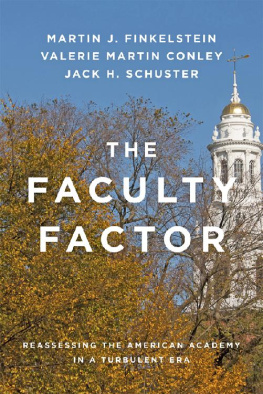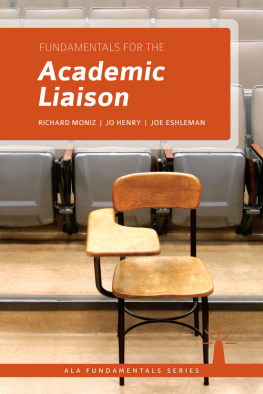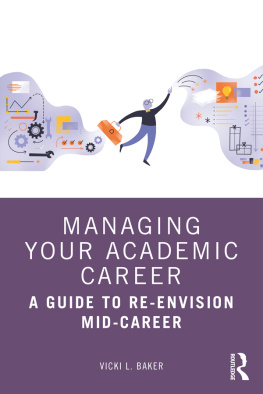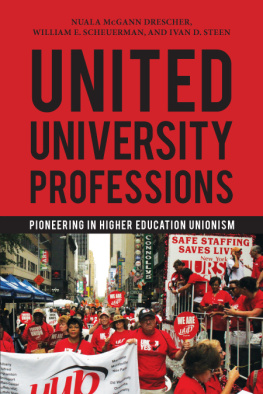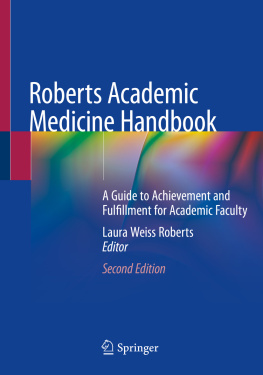Martin J. Finkelstein - The Faculty Factor: Reassessing the American Academy in a Turbulent Era
Here you can read online Martin J. Finkelstein - The Faculty Factor: Reassessing the American Academy in a Turbulent Era full text of the book (entire story) in english for free. Download pdf and epub, get meaning, cover and reviews about this ebook. City: Baltimore, year: 2016, publisher: Johns Hopkins University Press, genre: Science. Description of the work, (preface) as well as reviews are available. Best literature library LitArk.com created for fans of good reading and offers a wide selection of genres:
Romance novel
Science fiction
Adventure
Detective
Science
History
Home and family
Prose
Art
Politics
Computer
Non-fiction
Religion
Business
Children
Humor
Choose a favorite category and find really read worthwhile books. Enjoy immersion in the world of imagination, feel the emotions of the characters or learn something new for yourself, make an fascinating discovery.
- Book:The Faculty Factor: Reassessing the American Academy in a Turbulent Era
- Author:
- Publisher:Johns Hopkins University Press
- Genre:
- Year:2016
- City:Baltimore
- Rating:4 / 5
- Favourites:Add to favourites
- Your mark:
The Faculty Factor: Reassessing the American Academy in a Turbulent Era: summary, description and annotation
We offer to read an annotation, description, summary or preface (depends on what the author of the book "The Faculty Factor: Reassessing the American Academy in a Turbulent Era" wrote himself). If you haven't found the necessary information about the book — write in the comments, we will try to find it.
Over the past 70 years, the American university has become the global gold standard of excellence in research and graduate education. The unprecedented surge of federal research support of the postWorld War II American university paralleled the steady strengthening of the American academic profession itself, which managed to attract the best and brightest educators from around the world while expanding the influence of the faculty factor throughout the academic realm. But in the past two decades, escalating costs and intensifying demands for efficiency have resulted in a wholesale reshaping of the academic workforce, one marked by skyrocketing numbers of contingent faculty members.
Extending Jack H. Schuster and Martin J. Finkelsteins richly detailed classic The American Faculty: The Restructuring of Academic Work and Careers, this important book documents the transformation of the American facultyhistorically the leading global source of Nobel laureates and innovationinto a diversified and internally stratified professional workforce. Drawing on heretofore unpublished data, the book provides the most comprehensive contemporary depiction of the changing nature of academic work and what it means to be a college or university faculty member in the second decade of the twenty-first century. The rare higher education study to incorporate multinational perspectives by comparing the status and prospects of American faculty to teachers in the major developing economies of Europe and East Asia, The Faculty Factor also explores the redistribution of academic work and the ever-more diverse pathways for entering into, maneuvering through, and exiting from academic careers.
Using the tools of sociology, anthropology, and demography, the book charts the impact of waves of technological change, mass globalization, and the severe financial constraints of the last decade to show the impact on the lives and careers of those who teach in higher education. The authors propose strategic policy recommendations to extend the strengths of American higher education to retain leadership in the global economy. Written for professors, adjuncts, graduate students, and academic, political, business, and not-for-profit leaders, this data-rich study offers a balanced assessment of the risks and opportunities posed for the American faculty by economic, market-driven forces beyond their control.
Martin J. Finkelstein: author's other books
Who wrote The Faculty Factor: Reassessing the American Academy in a Turbulent Era? Find out the surname, the name of the author of the book and a list of all author's works by series.

